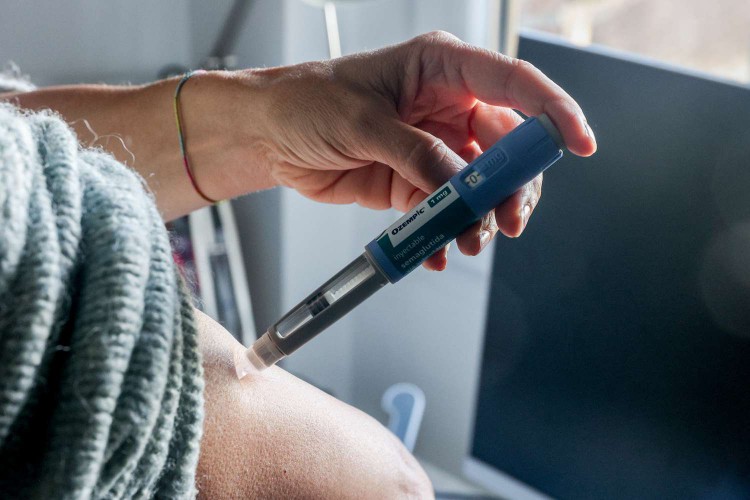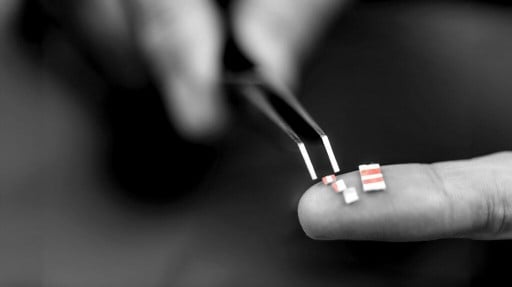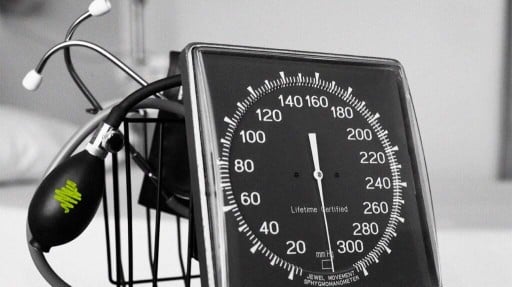Rheumatoid arthritis: 30 minutes of walking may lower blood pressure

- One 30-minute session of moderate walking can lower the systolic blood pressure of women with rheumatoid arthritis, according to a new study.
- Many people with rheumatoid arthritis also experience high blood pressure, which can lead to cardiovascular issues.
- The authors of the study believe the effect of these exercise sessions can result in a permanent lowering of systolic blood pressure.
- The study observed no similar reduction in diastolic blood pressure.
Thirty minutes of moderate physical activity can lower systolic blood pressure in women who have rheumatoid arthritis (RA) at rest, under stress, and generally, according to a new study from the University of São Paulo, Brazil.
Hypertension is of particular risk for people with RA, whose risk of dying from cardiovascular disease is
Rheumatoid arthritis is an autoimmune inflammatory disease. With RA, one’s immune system incorrectly attacks healthy cells. The result is inflammation — along with painful swelling – often in multiple
Most commonly, RA affects joints in the knees, hands, and wrists. RA can damage the tissue in these joints, causing prolonged or chronic pain, balance issues, and deformity. It can also cause problems in the eyes, heart, and lungs, as well as other parts of the body.
The condition is frequently accompanied by hypertension and cardiovascular disease.
The direct cause of RA is currently unknown, although known
- age — RA is linked to aging, and it most often strikes people in their 60s.
- smoking — including non-smoking children of smokers
- not having given birth — women who have never given birth are at greater risk of RA.
- sex
- obesity
- genetics.
The study is published in the
Lower blood pressure with exercise
The study was a randomized controlled crossover trial that observed the effects of a single session of aerobic exercise on resting blood pressure, stress-related blood pressure, and a full day’s blood pressure in people with both RA and high blood pressure.
Participants in the study were all women since RA impacts them
The trial’s 20 participants walked at moderate speeds on a treadmill for 30 minutes or served as a control group, resting.
Before and after each woman’s exercise session, the researchers measured resting blood pressure. In order to look at blood pressure in response to stress, blood pressure was also measured in response to the Stroop-Color Word Test and the Cold Pressor test.
The Stroop-Color Word Test is a cognitive challenge in which individuals are presented the names of colors printed in other hues. They are asked to recite the words’ actual color rather than the word its letters spell.
The Cold Pressor Test is a pain-tolerance test in which individuals place their hands in cold water — 4° C — to produce slight or moderate pain for as long as they keep their hand submerged.
Without exercise, it is expected that an individual’s systolic and diastolic blood pressure will rise by 18 mmHG and 11 mmHG, respectively, in response to the Cold Pressor Test. However, on days in which participants engaged in exercise, their systolic blood pressure actually decreased by 1 mmHG in response to the test.
After exercise, each individual was outfitted with an ambulatory blood pressure monitor for measuring hypertension over the following 24 hours.
The exercise group exhibited lowered resting systolic blood pressure by an average of 5 mHG, and stressed blood pressure by 7 mmHG. Twenty-four-hour systolic blood pressure was reduced by 5 mmHG.
This is a meaningful decrease in blood pressure since reductions of 5 mmHg in systolic blood pressure
The researchers observed no effect on diastolic blood pressure resulting from the exercise.
Systolic blood pressure reflects the pressure in arteries as the heart beats. Diastolic blood pressure is the pressure in arteries while the heart is at rest. When one has a blood pressure test, it is usually shown as one number over the other — systolic pressure is the one on top.
How exercise helps lower blood pressure
The study’s senior investigator, Dr. Tiago Peçanha explained that “aerobic exercise reduces systolic blood pressure by promoting a relaxation of the blood vessels. We call this “vasodilation.”
Significantly, he added, “This can happen after a single session of aerobic exercise and prolong to several hours after the end of exercise, said Dr. Peçanha.
“We call this post-exercise hypotension, and this phenomenon may benefit people with high blood pressure,” he said.
Dr. Peçanha suggested that every time a person exercises, the temporary improvements in blood pressure may become more permanent and more prominent.
“It is like the effects of a medication that may improve your symptoms in the short term, but that will bring even better results over time with regular use,” said Dr. Peçanha.
Considering varying results from other studies, Dr. Peçanha proposed 30 minutes may be the optimal exercise time for this purpose.
How rheumatoid arthritis and hypertension are linked
The high concurrence of RA and hypertension, said Dr. Morgan, “is thought to be due to the drugs used to treat the [RA] disease process, such as NSAIDS and steroids.
She added that RA patients tend to have less elasticity in their blood vessels, which can also cause blood pressure to rise, as well as generalized inflammation, including vasculitis, and inflammation of blood vessels.
“Moreover,” said Dr. Morgan, “those with chronic joint pain, whether it is caused by RA or some other factor, can often have high blood pressure because of the combination of both pain and inflammation, which can, in turn, raise cortisol levels in response to stress.”
Does exercise have the same effect on men with RA?
Asked whether the same results would be observed in male study participants, Dr. Peçanha said, “we don’t know really if that would also happen in men with rheumatoid arthritis. We assume that the effects of exercise are similar between women and men, but that is not always the case.”
He noted that while women get RA far more often than men, “there is data showing that although men are less affected by rheumatoid arthritis,
Therefore,” he said, “there is a need to investigate interventions that may benefit men with rheumatoid arthritis, and exercise could be a very effective approach.”






:max_bytes(150000):strip_icc()/Health-GettyImages-1244575423-991d1ebe9942424f9bb35b650fb5ff11.jpg)

